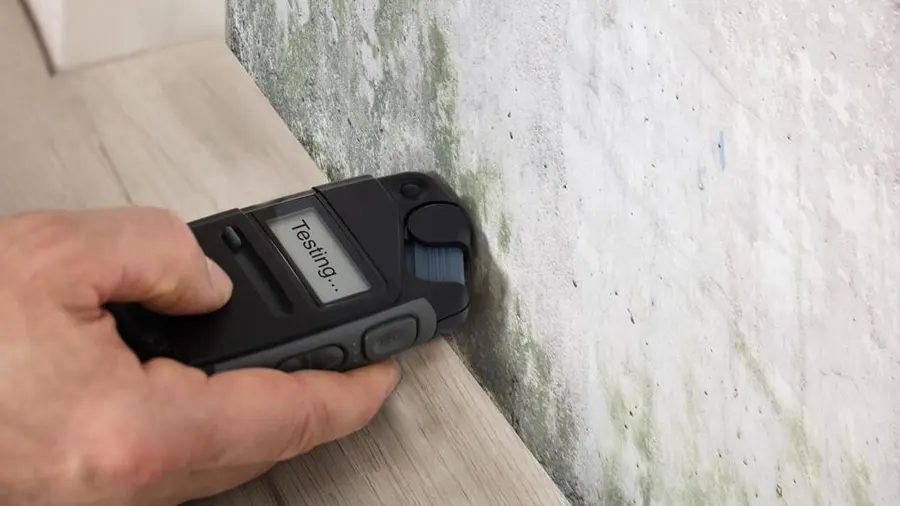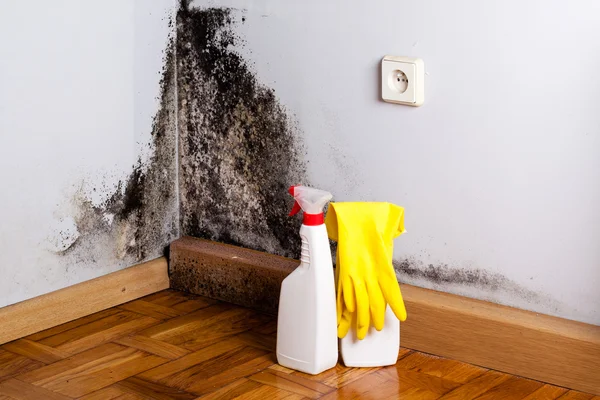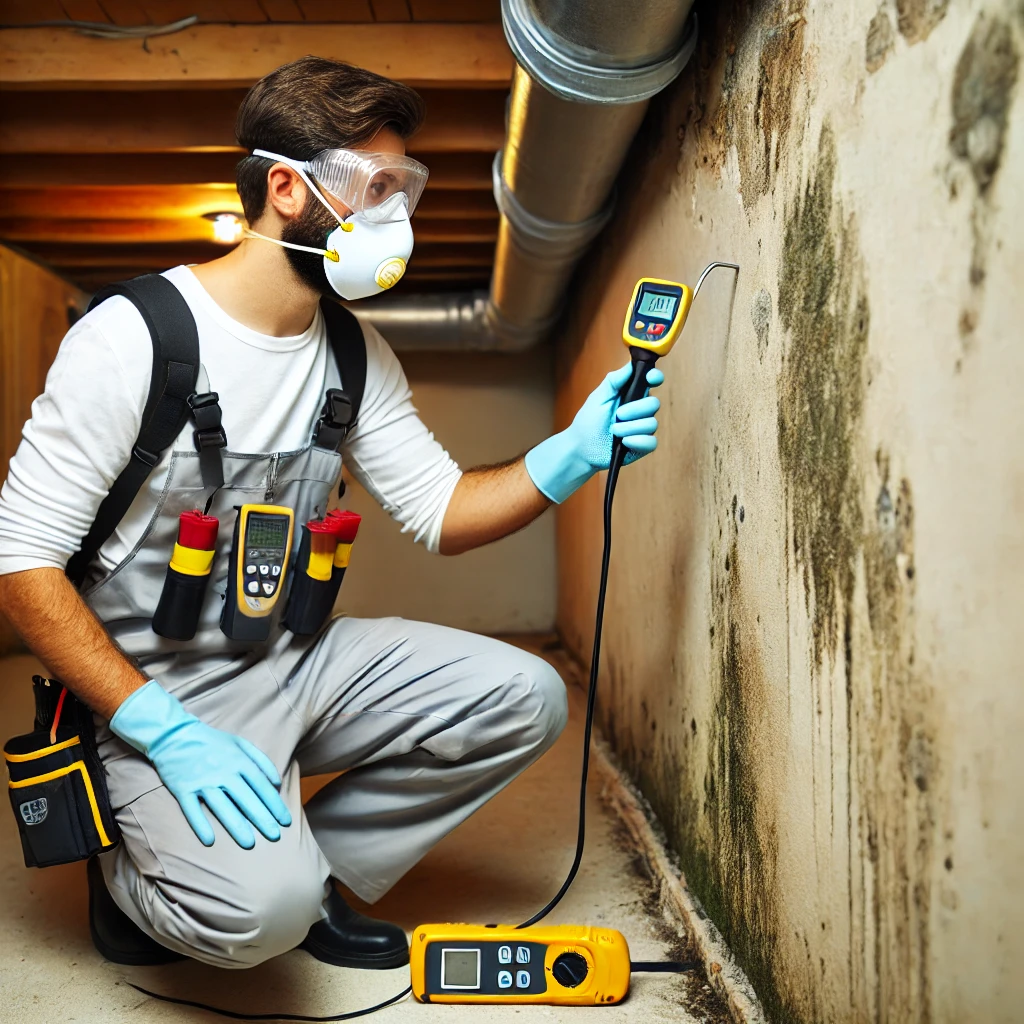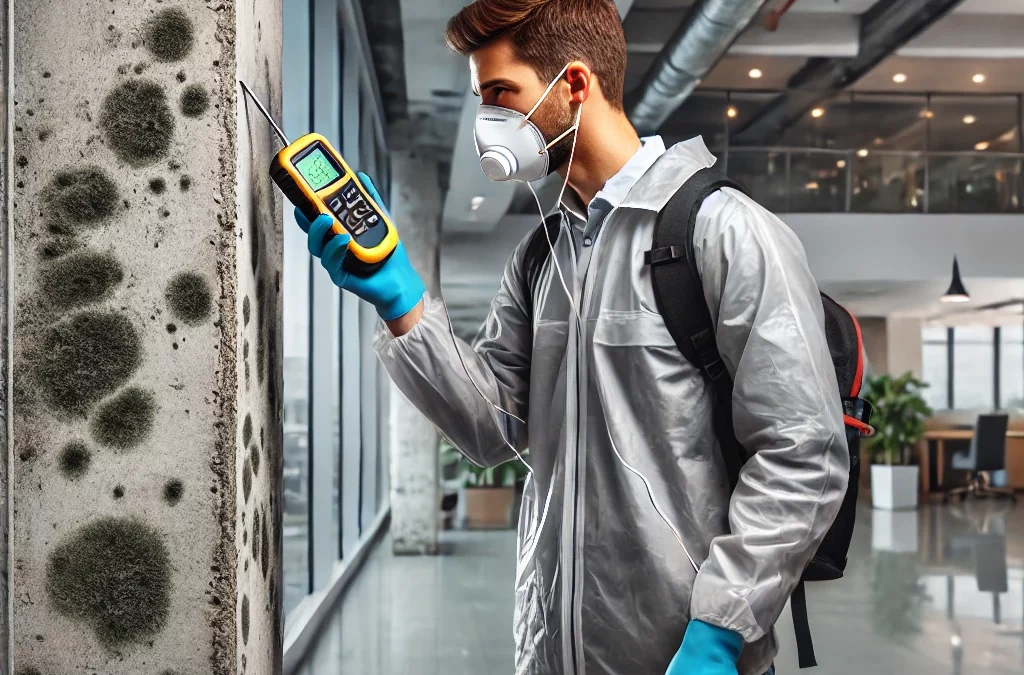Imagine you go to your basement and smell something yucky, like a wet sock! Oh no! That smell might mean there’s mold. Mold is a fuzzy, gross thing that can grow in our homes when it’s warm and wet. Mold inspection and testing can help identify and mitigate this issue. We don’t want mold because it can make us sick! That’s why we need mold inspection MN to help keep our homes safe and clean.
What is Mold?
Mold is a kind of fungus, like mushrooms, but it’s not the kind you want to eat! Mold can grow anywhere if it has moisture (that means water), warmth, and something to eat, like wood or paper. You might find mold in damp places like basements, bathrooms, or kitchens. It can be green, black, or even white, and it often looks fuzzy.
How Do You Know If There Is Mold?
Sometimes mold can be sneaky and hide where we can’t see it. But there are some signs that help us find it. Here are some things to look out for:
- Smelly Odors: If your house smells musty or like something rotten, that could mean there’s mold hiding somewhere.
- Wet Spots: If you see wet spots on walls or ceilings, that could mean there’s a leak, which can make mold grow.
- Fuzzy Patches: If you see green, black, or white fuzzy patches on walls, ceilings, or floors, you’ve found mold!
- Water Damage: If there have been leaks from pipes or heavy rain that got inside your house, mold might be growing because of all that water.
- Peeling Paint or Wallpaper: If the paint or wallpaper is peeling, that could mean moisture hides behind it, which can lead to mold.
- Allergy SymptomsIf you or your family members start sneezing, coughing, or have itchy eyes, mold might be in the house; consider contacting a mold inspection and testing service.
- Moldy Stuff: If you have old bread or fruit that has gone bad, you can see mold growing on it! This is just like what can happen in our homes.
check in details the 10 Warning Signs of Mold Toxicity
What Is Mold Testing?
If you think there might be mold, it’s time to call Mold Inspection MN for a comprehensive MN mold inspection.! They are the experts who know how to check for mold. The first thing they will do is something called mold testing. This step helps them find out if there’s mold and what kind it is.
Why Is Mold Testing Important?
Mold testing is important because it tells us if there is mold, how much is there, and what kind of mold it is. Just like a doctor checks if you’re sick, mold inspectors check your home for mold.

How Do They Test for Mold?
Here are the steps they take during mold inspection and testing:
- Air Samples: Inspectors will take a special air sample. They use a little machine to suck in air from different places in your house. This step helps them see if tiny mold spores float around that you can’t see.
- Surface Samples: Inspectors will also check surfaces that might have mold. They take a swab (like a cotton swab) and rub it on spots where they think mold might be hiding, then send it for mold inspection and testing. They send this swab to a lab to find out if there’s mold there.
- Water Testing: If there’s water that might be causing mold, they can test it too! This test helps them see where the water comes from so someone can fix it.
Once the tests are done, the inspectors can tell you if there’s mold and what kind it is. Some molds can be worse than others! The MN Dept advises regular mold testing.
What Happens During a Mold Inspection?
After the mold testing, the mold inspectors will do a thorough check of your home to see where the mold might be hiding. Here’s what they do during a mold inspection MN :
- Visual Inspection: The inspectors will look at all the areas of your home, especially places like the basement, bathrooms, and kitchens. They check for signs of moisture and mold.
- Moisture Check: They will use special tools to check how wet certain areas are. If a wall is too wet, it could mean mold might be growing.
- Checking for Leaks: The inspectors will look for leaks in pipes, roofs, or walls that might cause mold.
- Checking Air Quality: They want to make sure the air you breathe is clean and safe. They check to see if there are too many mold spores in the air.
- Taking Notes: While they check, they write down everything they see. This note-taking helps them make a plan to fix any mold problems.
What Happens After the Inspection?
Once the inspection is done, the inspectors will give you a report. This report may recommend remediation steps if mold is found. This report tells you if there is mold and where it is. It also provides information on the types of mold present and ensures that only a normal amount of mold is left. It also tells you what kind of mold is in your home. Some molds can be harmful, so it’s important to know!
Creating a Mold Treatment Plan
If they find mold, the next step is to create a plan to get rid of it. Here’s how they do it:
- Fixing Moisture Problems: The first thing to do is fix any leaks or water problems. This means fixing pipes, roofs, or anything else that causes water to get in.
- Cleaning Moldy Areas: After fixing moisture issues, it’s time to clean the mold! The inspectors will tell you how to clean it or if you need to call a special mold removal team. They can help remove the mold safely.
- Preventing Future Mold: After the mold is gone, it’s important to stop it from coming back! This means keeping your home dry and fixing any leaks right away to prevent the normal amount of mold from becoming a problem. They might suggest using a dehumidifier to keep the air from getting too damp.
- Follow-Up Testing: After the mold is cleaned up, the inspectors might come back to test again and make sure the mold is really gone. They want to ensure that your home is safe and healthy!

Why Is Safety Important?
Safety is super important when dealing with mold, especially during the remediation process. The inspectors wear special gear, like masks and gloves, to protect themselves from mold spores. Mold can be dangerous, especially for people with allergies or breathing problems.
Here’s how the inspectors keep everyone safe:
- Protective Gear: Inspectors wear masks and gloves to keep mold spores from getting on them.
- Containment: Sometimes, they will close off areas with mold so it doesn’t spread to other parts of the house. This keeps everyone safe.
- Ventilation: They will open windows or use fans to keep fresh air flowing while they work.
Real-Life Stories of Mold Inspection MN
Let’s look at two stories to see how Mold Inspection MN has helped people with mold problems. One case involved mold remediation in a Minneapolis home.
Story 1: The Family with a Smelly Basement
Once, a family noticed a stinky smell coming from their basement. They called Mold Inspection MN to help. The inspectors came and did air and surface testing. They found mold hiding behind the walls!
The inspectors explained that a pipe had a tiny leak, which made the area wet. They helped the family fix the pipe and then cleaned the mold away. Now, the basement feels fresh and clean again, and the family is happy!
Story 2: The Office with Repeating Mold Problems
In another case, a big office building had mold issues that kept coming back. The employees were getting sick, and they couldn’t work comfortably. The owners called Mold Inspection MN to find out what was wrong. They were concerned about mold growth in their basement.
The inspectors looked everywhere in the building and found that water was leaking through the roof. They helped the owners fix the roof and made sure there was good airflow in the building. They also cleaned up the mold that had already grown.

Now, the employees can work in a safe and mold-free environment, feeling happy and healthy!
How Is Mold Inspection MN Changing the Game?
Mold Inspection MN always looks for new ways to help keep homes and businesses safe. They use advanced tools and techniques to find and remove mold. Here are some of the cool technologies they use:
- Infrared Cameras: These cameras can see heat. They help inspectors find hidden moisture behind walls and ceilings, showing where mold might grow.
- Special Sensors: These sensors can detect tiny mold spores in the air, helping inspectors know if there’s a mold problem.
- Drones: Drones can fly around buildings to check for mold in hard-to-reach places, like on rooftops.
- Better Cleaning Products: They use eco-friendly cleaning products that are safe for people and pets. Certified mold professionals carry out the cleaning. This means we can get rid of mold without using harmful chemicals, ensuring a normal amount of mold remains. Mold remediation is an eco-friendly option.
- Air Quality Monitors: These tools can help keep track of the air in your home. They can warn you if mold spores are getting too high, so you can act fast!
Learning to Prevent Mold
Mold Inspection MN believes that everyone should know how to keep their homes mold-free. Here are some easy tips you can follow to help prevent mold:
- Keep Things Dry: Always dry up spills and leaks right away. If you have a wet towel, hang it up to dry instead of leaving it in a pile.
- Use a Dehumidifier: If your house feels damp, a dehumidifier can help remove extra moisture from the air. It’s like a vacuum for water in the air!
- Open Windows: On sunny days, open the windows! Fresh air helps keep the house from getting too humid, which can prevent mold growth.
- Use Exhaust Fans: When you take a shower or cook, turn on the exhaust fans! They help remove steam and keep the air fresh.
- Check for Leaks: Regularly check for leaks in pipes, roofs, and walls. If you see a leak, ask an adult to help fix it quickly.
- Regular InspectionsIt’s smart to have someone check your house for mold at least once a year through professional MN mold inspection services. This way, you can catch any problems early!
By following these tips, you can help keep your home safe and mold-free!
Conclusion
Mold is not something to ignore. It can make us sick and damage our homes. That’s why Mold Inspection MN is so important for thorough mold inspection and testing! They help find and remove mold, keeping our homes safe for everyone.
If you ever smell something stinky or see fuzzy spots, tell an adult to call Mold Inspection MN. Together, we can keep our homes happy and healthy!
Don’t forget: it’s always better to prevent mold than to have to clean it up. Stay dry, stay clean, and remember to have fun while learning about how to keep your home safe. Get now free Mold Assessment
Q: What is mold inspection and why is it important?
Mold inspection is the process of assessing a property for the presence of mold and identifying any potential issues. You can contact us for comprehensive MN mold inspection. It is important because mold can have negative effects on indoor air quality and the health of occupants.
Q: How can I find reliable mold inspection services in Minnesota?
A: You can find reliable mold inspection services in Minnesota by searching online for certified, reputable companies with experience in mold testing and inspection.
Q: What does a thorough mold inspection involve?
A: A thorough mold inspection involves visually inspecting the property for signs of mold, testing samples if necessary, and providing recommendations for mold remediation if mold is found.
Q: What are the health effects of mold exposure?
A: Mold exposure can cause a variety of health effects, including respiratory issues, allergic reactions, and other symptoms. It is important to address mold problems promptly to protect the health of occupants.
Q: How can I contact a Minnesota mold inspection company for services?
A: You can contact a Minnesota mold inspection company by calling their phone number, sending an email, or filling out a contact form on their website.
Q: Is mold testing necessary if I suspect a mold problem?
A: Mold testing may be necessary to accurately assess the extent of a mold problem and identify the type of mold present. It can provide valuable information for mold remediation efforts.
Q: What should I do if I find mold in my home or building?
A: If you find mold in your home or building, it is important to address the issue promptly by contacting a certified mold inspection company for assessment and potential remediation services.

